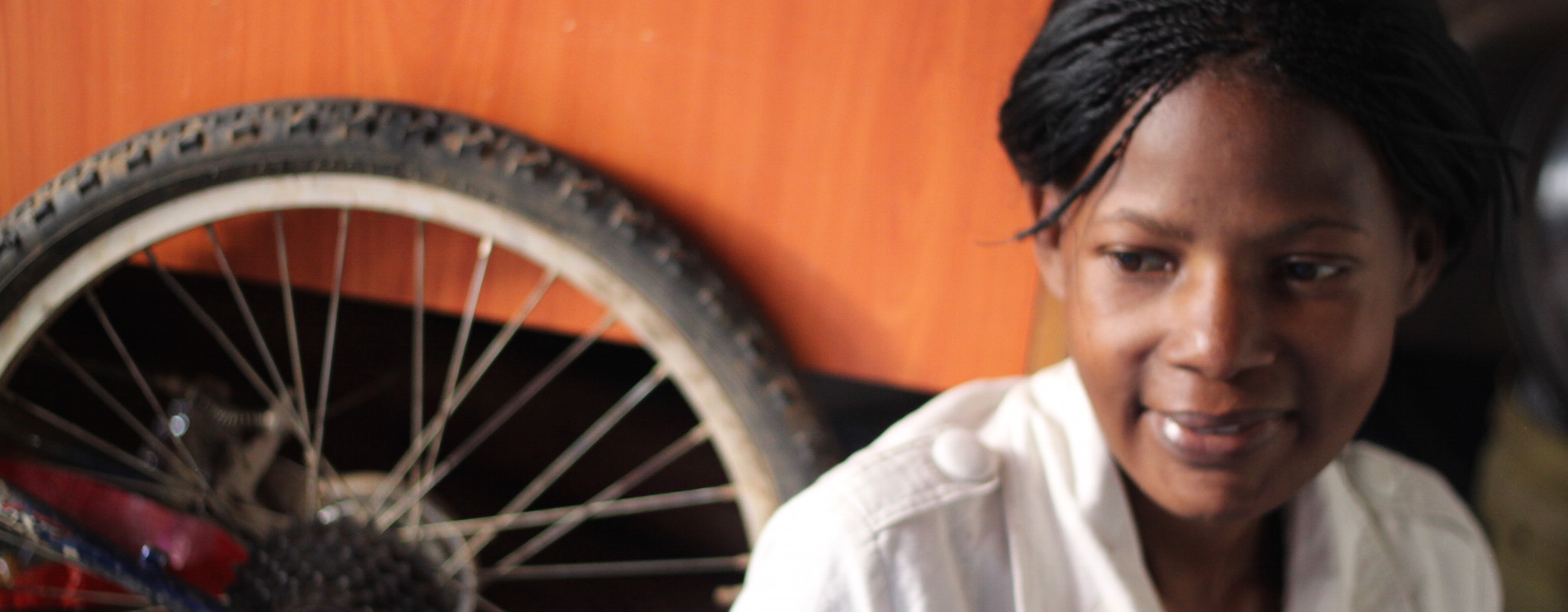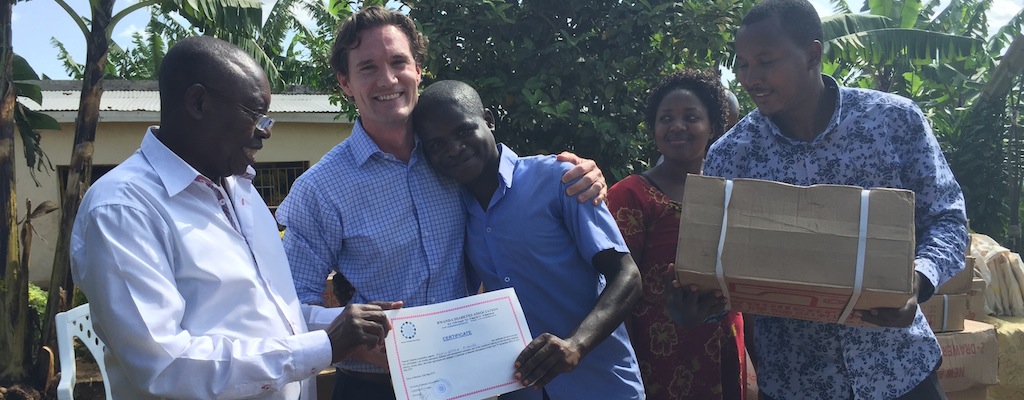Life as a Refugee with Type 1 Diabetes
Written by: Katie Doyle
3 minute read
February 23, 2017
Life with type 1 is full of ups and downs – and the stress of everyday life can test our ability to manage this chronic illness. Now imagine managing the disease in a war-torn country, or fleeing a conflict and facing new kinds of persecution as you seek refuge.
Life with type 1 is full of ups and downs—and the stress of everyday life can test our ability to manage this chronic illness. Now imagine managing the disease in a war-torn country, or fleeing a conflict and facing new kinds of persecution as you seek refuge.
The UN Refugee Agency reported over 20 million refugees in 2015—part of a record-high 65.3 million total displaced people worldwide that year. And this is what they’re up against with type 1.
Daily Life
Refugees are forced to leave their homes in the midst of conflict, instability, human rights abuse and other unthinkable situations. Temporary housing and living in refugee camps makes it difficult to maintain healthy eating and exercise routines. Among the many obstacles that refugees with type 1 overcome on a daily basis, here are the principle ones:
- Access to insulin
- Access to other medical supplies
- Access to medical personnel
- Inconsistent care
- General uncertainties in day-to-day life
There are also expenses. Medicins sans Frontieres (MSF/Doctors Without Borders) reports that due to private healthcare costs in countries like Lebanon, which hosts many Syrian refugees, those with chronic medical conditions often can’t afford to pay for care. However, MSF is taking steps to provide refugee patients in Lebanon with resources to check their blood sugar more regularly and to better ensure continuity of care.
Elizabeth Rowley from T1International who works on access issues in some of the most impoverished areas in the world says that another challenge lies in lack of data and communication: “[…] it’s very hard to identify refugees with type 1 diabetes because they either did not survive due to lack of insulin, or because they are too far away from medical centers to get proper support.”
What’s being done?
The global healthcare community, including the WHO, acknowledges the need for improving diagnosis procedures and treatment of “common, life-threatening non-communicable diseases.” (Meteen, et al).
Diabetes Care: A Practical Manual issues the following recommendation for those who are working to support refugees: “Find the right interpreter, perform a full assessment, treat any associated problems and control the diabetes. Find and use local appropriate support groups.” For instance, the International Medical Corps is helping refugees displaced within Iraq to learn modified cooking skills to help manage blood sugar levels and work against malnutrition.
How can I help?
- Stay up-to-date on current events.
- Donate to Beyond Type 1’s Access Fund or to campaigns that help refugees receive access to medication and care.
- Support advocacy and access organizations like T1International and Doctors Without Borders.
- Be aware of what’s going on in your community—there are ways to help resettled refugees who are starting anew.
- Give of your time to organizations who are looking to help refugees.
In a study called High Prevalence of Chronic Non-Communicable Conditions Among Adult Refugees it’s recommended that “refugee health services accommodate screening and treatment for chronic NCDs and NCD risk factors, and that insurance outreach and enrollment programs target recently arrived refugees.” This preserves the health of both native and immigrant populations while helping the transition into new geographies.
Find out what your local government and grassroots movements are doing to help all refugees, including those with chronic conditions, and take action to help these most vulnerable members of our type 1 community and their families.
REFERENCES
Bulletin of the World Health Organization: Medical conditions among Iraqi refugees in Jordan: data from the United Nations Refugee Assistance Information System. 11 April 2012.
Hillson, Rowan. Diabetes Care: A Practical Manual. 2015, Oxford University Press, p. 382
International Medical Corps: Working in a Refugee Camp: Dr. Hasma’s Work
MSF: Lebanon: Taking control of chronic diseases
The UN Refugee Agency: Global Trends: Forced Displacement in 2015
Donate to Beyond Type 1’s Access Fund.

Author
Katie Doyle
Beyond Type 1 is the largest diabetes org online, funding advocacy, education and cure research. Find industry news, inspirational stories and practical help. Join the 1M+ strong community and discover what it means to #LiveBeyond a diabetes diagnosis.
Related Resources

A quick glance at my wrist showed the Dexcom reading 5 mmol/L92 mg/dl with a...
Read more

Editor's Note: Robinah Namutebi has passed away since the publication of this story due to poverty...
Read more

Beyond Type 1 is a proud sponsor of Marjorie's Fund, providing funding for their outreach...
Read more

